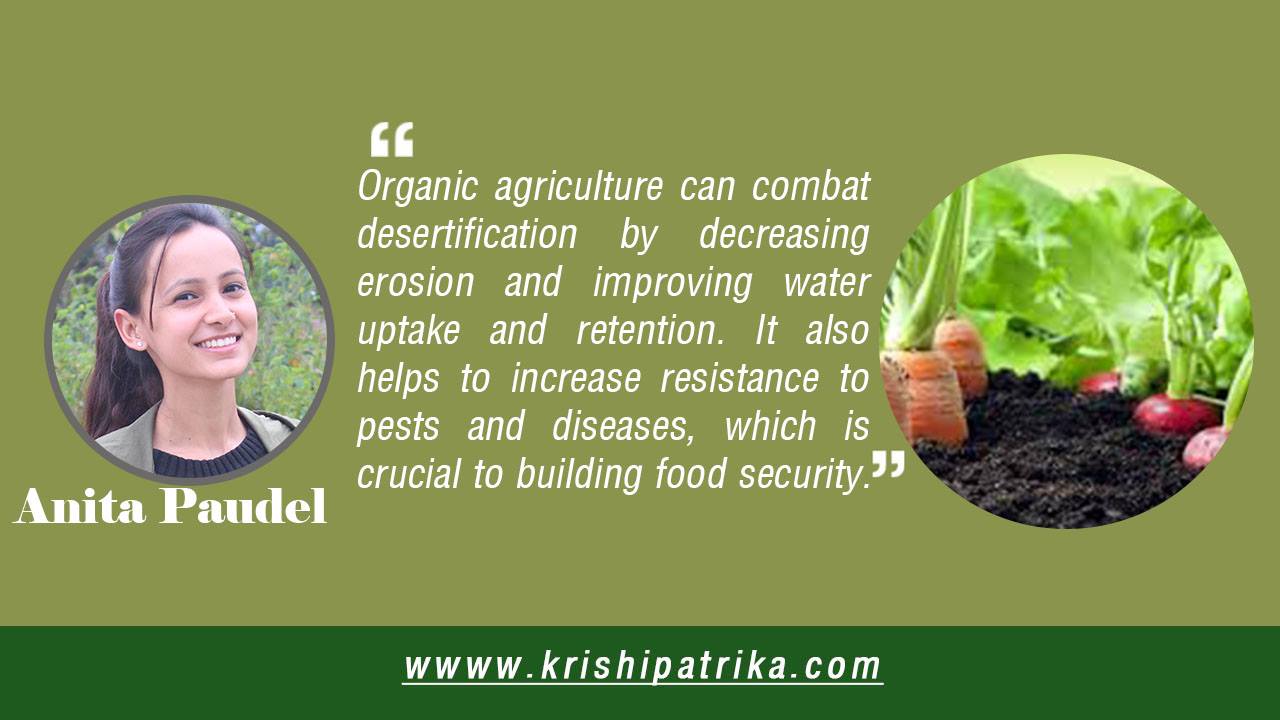
Food security is defined as the availability of food and one`s access to it. A household is considered food secure when its occupants do not live in hunger or fear of starvation. The World Food Summit of 1996 defined food security as existing” when all people at all times have access to sufficient, safe, nutritious food to maintain a healthy and active life”.
Nutrition security is different from food security as it is about a community`s access to essential nutrients, not just calories. Zinc, selenium, iron and all kind of vitamins should be present in human diets. Under nutrition, malnutrition and increasingly over nutrition are still pressing issue in many developing countries. Promoting nutrition security offers several opportunities to stimulate economic and pro-poor development in cost-efficient ways. Extreme poverty and hunger are predominantly rural, with smallholder farmers and their families making up a very significant proportion of the poor and hungry. Thus eradicating poverty and hunger are integrally linked to boosting food production, agricultural productivity and rural incomes.
Global food production is more than enough to feed the global population, the problem is getting it to the people who need it. In market-marginalized areas, organic farmers can increase food production by managing local resources without having to rely on external inputs or food production systems over which they have little control and/or access. It is to be noted that although external agricultural inputs can be substituted by organic management of natural resources, land tenure remains a main constraint to the labor investments needed for organic agriculture. Organic farms grow a variety of crops and livestock in order to optimize competition for nutrients and space between species: this results in less chance of low production or yield failure in all of these simultaneously. This can have an important impact on local food security and resilience.
Organic farming is a method of crop and livestock production that involves much more than choosing not to use pesticides, fertilizers, genetically modified organisms, antibiotics and growth hormones. It is a holistic system designed to optimize the productivity and fitness of diverse communities within the agro-ecosystem, including soil organisms, plants, livestock and people. The principal goal of organic production is to develop enterprises that are sustainable and harmonious with the environment. Organic farming promotes the use of crop rotations and cover crops, and encourages balanced host/predator relationships. Organic residues and nutrients produced on the farm are recycled back to the soil. Cover crops and composted manure are used to maintain soil organic matter and fertility. Preventative insect and disease control methods are practiced, including crop rotation, improved genetics and resistant varieties. Integrated pest and weed management, and soil conservation systems are valuable tools on an organic farm.
Organic farming can help achieve food and nutrition security by improving traditional agricultural yields without forcing producers into dependence on synthetic inputs, thus outputs per area of marginal land increase and stabilize thanks to higher resilience, ensuring resilience to climate change, safeguarding ecosystem services and biodiversity crucial for food and agriculture and alleviating poverty by reducing debt, for example from the purchase of expensive synthetic inputs, and increasing returns on labor invested.
Organic farming increases access to food on several levels. First, increased quantity of food produced per farm leads to household food security which results in all member of the household having access to enough food. Second, the production and selling of food surpluses at local markets means that farmers benefit from higher incomes, which increases their purchasing power .Third, fresh organic produce becomes available to more people in the wider community. Finally, organic farming enables new and different groups in a community to get involved in agricultural production and trade where previously they were excluded for financial or cultural reasons.
Organic agriculture has three dimensions-social, economic, and environmental and these three dimensions can improve food security. In the social dimension, organic farming requires more compact work and has the potential to contribute to long-term employment in rural areas. Organic farming plays an important role in employment in rural areas because of the hiring of more seasonal workers and, given the increases in organic food sales, however, opportunities are likely to continue in the occupations related to organic foods. In the economic dimension, organic farming is a sustainable option for small farmers to improve food security and to enhance the overall performance of farm income, and it can be said that an increase in household income can increase food security. Organic farming reduces input costs besides the increase of the standards of living of small and marginal farmers. It uses existing local assets rather than consuming capital resources intensively, so poor farmers can improve their farm productivity and fertility while avoiding dependence on expensive external inputs. In the environmental dimension, organic farming improves soil quality, secures farm future, and offers environmentally protection. The fertile soil leads to stability and is effective in the production cycle. More nutrients given to the soil result in less soil erosion and increase soil biodiversity, which improves food security in the long-term. Avoiding chemical residues and pesticides and consuming fresh products, acquiring healthy diets and taking advantage of the nutritional value of organic products are among other motivations that improve food security.
In conclusion, Organic food is increasing in popularity. The growing demand is mainly attributable to consumer concerns about negative implications of conventional agriculture for human health and the environment. Especially in developed countries, most consumers consider organic food to be safer and healthier than conventionally produced food (Funk and Kennedy 2016).Many parts of the world are experiencing a decline in yields despite the increased use of chemical inputs. In contrast, organic agriculture has proven to be effective in increasing and stabilizing yields, particularly in marginal lands. This means it is a system that empowers farmers to restore and uphold food security. In addition,” green revolution” agriculture often makes wasteful use of water, destroying soils and leaving the land unsuitable for food production. Organic agriculture can combat desertification by decreasing erosion and improving water uptake and retention. It also helps to increase resistance to pests and diseases, which is crucial to building food security.









